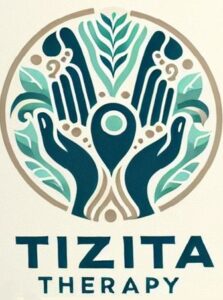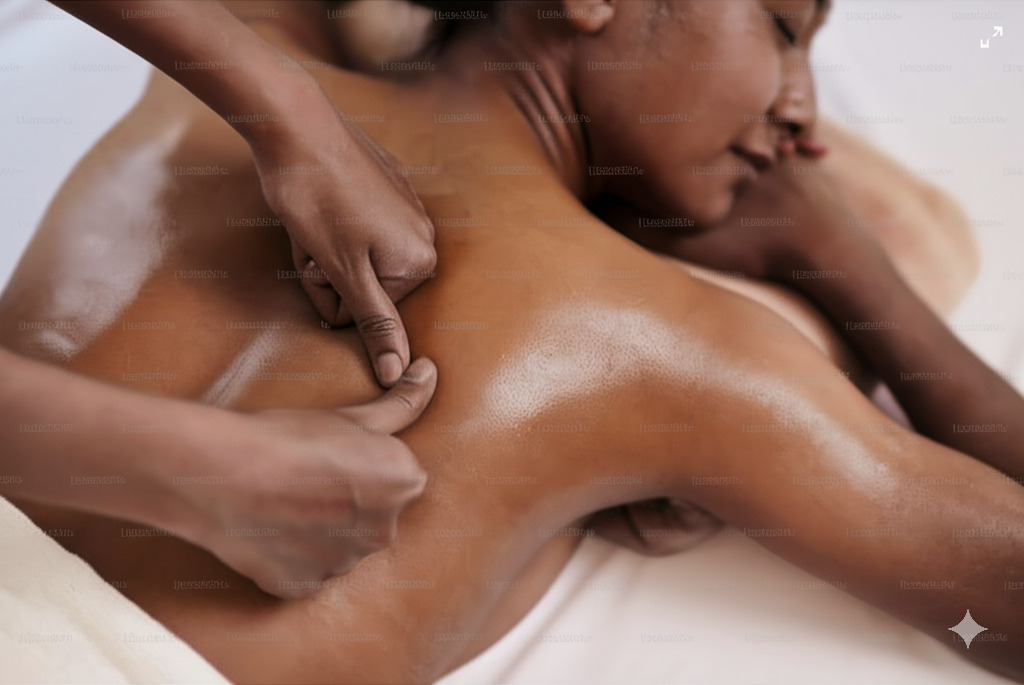Unique Touch Therapy focuses on specialized palpation techniques to address muscle hypersensitivity, aiming to provide lasting pain relief and improved mobility. The approach targets localized areas of muscle hypersensitivity, often described by the public as “tight and painful muscle knots”. These areas are focal hyperirritable or very painful spots within a taut band of skeletal muscle tissue. When pressed, they are locally sensitive or painful and can even refer pain or other sensations to distant areas of the body. They can be “active” (causing spontaneous pain) or “latent” (painful only when compressed). Such trigger points are associated with various issues, including muscle tightness and weakness, decreased muscular strength, and stiff or painful joints. They may also contribute to conditions like headaches.
The science behind Unique Touch Therapy lies in its approach to deactivating these hypersensitive or painful points. The Unique Touch or compression placed on these points encourages a surge of fresh blood into the area, helping to alleviate the oxygen and nutrient deficiency often present in the spots. Applying pressure along the muscle fibers also helps to stretch shortened muscle components and break down restrictive cross-bridges. As a result, pain and tension will be reduced as there will be improved blood flow, releasing of fascial restrictions, and promoting relaxation by influencing the nervous system.
During a Unique Touch Therapy session, your skilled therapist uses palpation or touching to locate these precise areas of tension. When the right spot is identified and pressure applied, a sensation that is slightly uncomfortable but not truly painful will be elicited. By combining the principles of massage, deep pressure and stretching, Unique Touch Therapy works to restore normal muscle function, alleviate musculoskeletal pain, including headaches, and significantly improve muscle flexibility and joint mobility.



